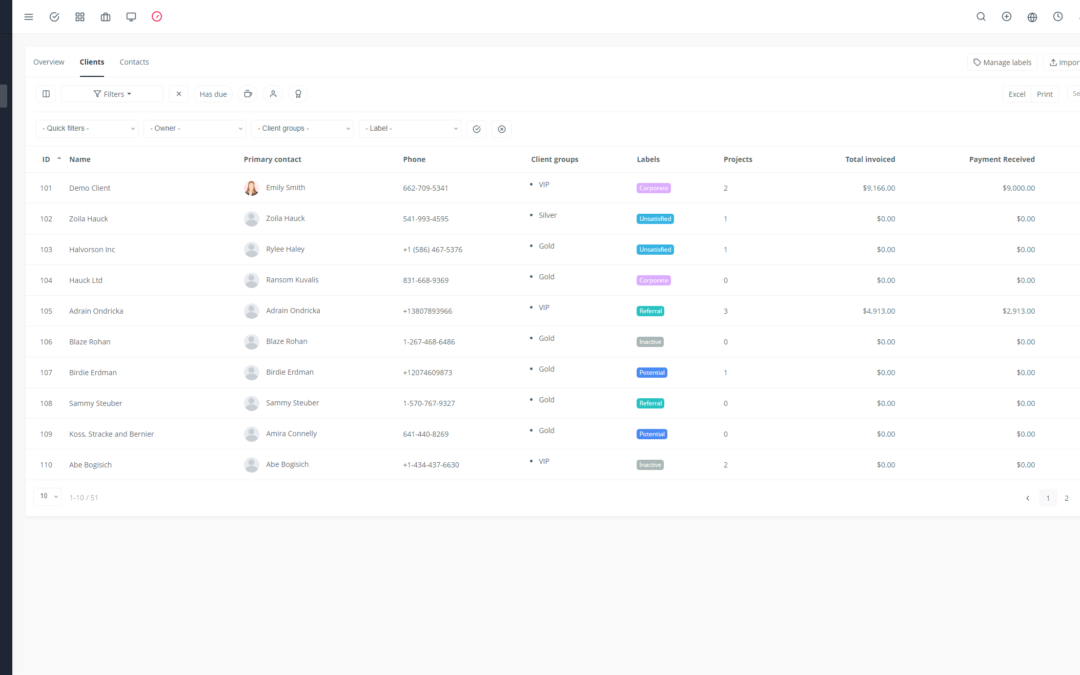In a world where innovation and performance hinge on collective synergy, collaboration has become imperative. Yet, numerous hurdles can hinder its effectiveness, undermining your team’s cohesion and productivity.
This article pinpoints key collaboration obstacles and offers concrete solutions to overcome them.
1. Obstacles that Undermine Collaboration 🚧
1.1. Communication: The Fragile Bridge of Collaboration
- Lack of Communication: Inefficient, even nonexistent, communication is a major roadblock to collaboration. Unclear information sharing, lack of regular feedback, and inadequate communication channels breed misunderstandings, frustration, and wasted time. 💬
- Cultural and Perspective Differences: Different company cultures, work styles, or divergent visions can create tension and misinterpretations, making collaboration challenging. 🌎
- Lack of Trust: Without mutual trust, collaboration becomes an obstacle course. Lack of transparency, selfish behaviors, and unresolved conflicts erode trust and hinder team member engagement. 🤝
1.2. Structures and Processes that Hinder Collaboration
- Communication Problems: Inappropriate communication systems, outdated technology, or poorly defined communication channels can impede information flow and make collaboration chaotic. 💻
- Conflict of Interest: Divergent goals, interdepartmental rivalries, or conflicting priorities can create friction and prevent teams from working harmoniously together. 🎯
- Lack of Resources: Scarcity of resources, whether budget, personnel, or tools, can limit a team’s ability to collaborate effectively. 🧰
- Lack of Leadership: Weak or absent leadership, unable to unite teams, set clear goals, and manage conflicts, weakens collaboration and demotivates. 🧭
- Lack of Motivation: Demotivation, lack of recognition and rewards, and a dearth of development opportunities and challenges can stifle employee engagement and motivation, negatively impacting collaboration. 💪
1.3. Psychological and Behavioral Barriers
- Lack of Motivation: Individual motivation is a key driver of collaboration. A lack of enthusiasm, interest, or purpose in the task can lead to disengagement and non-participation. 💡
- Lack of Time: Limited time, overloaded schedules, and multiple priorities can prevent team members from dedicating themselves to collaboration. ⏳
- Inefficient Work Processes: Poorly defined, complex, or inefficient work processes can hamper the fluidity of collaboration and generate wasted time and energy. ⚙️
- Organizational Structure: A rigid, hierarchical, and siloed organizational structure can hinder communication, coordination, and cross-team collaboration. 🏢
- Outdated Technology: Obsolete or inadequate digital tools can complicate collaboration, make it less fluid, and stifle innovation. 💻
- Lack of Clarity on Roles and Responsibilities: A lack of clarity on each team member’s roles and responsibilities can generate tension, conflict, and inefficiencies in collaboration.
- Lack of Shared Goals: The absence of shared goals, a common vision, and a collective mission weakens collaboration and makes it less efficient. 🎯
- Lack of Evaluation and Monitoring: Collaboration requires regular monitoring, progress evaluation, and adjustments along the way. The absence of an evaluation system can lead to deviations and performance losses. 📈
- Lack of Recognition and Reward: The absence of recognition and rewards for individual and collective contributions to collaboration can demoralize team members and dampen their motivation. 🏆
- Resistance to Change: Change, even positive, can evoke resistance and fear in some team members, negatively impacting collaboration. 🔄
- Fear of Failure: Fear of failure can prevent team members from taking risks, experimenting with new solutions, and collaborating effectively. 😰
- Unwillingness to Take Risks: A lack of risk-taking can stifle innovation, exploration of new ideas, and collaboration. 🤸♀️
- Ego and Rivalries: Overinflated egos, interpersonal rivalries, and a lack of mutual respect can create tension and conflict that harm collaboration. 👿
2. Overcoming Obstacles and Cultivating Collaboration 🌱
- Open and Transparent Communication: Foster open and transparent dialogue among team members. Encourage two-way communication, information sharing, and regular feedback. 🗣️
- Cultivate Trust: Encourage transparency, accountability, and mutual respect. Establish a climate of trust where mistakes are viewed as learning opportunities. 🤝
- Define Shared Goals: Align individual goals and team goals with a common vision, creating a sense of belonging and cohesion. 🎯
- Clarify Roles and Responsibilities: Clearly define the roles and responsibilities of each team member, eliminating potential ambiguities and conflicts.
- Adopt Effective Work Processes: Optimize work processes, adopt appropriate digital tools, and implement monitoring and evaluation systems to ensure efficient collaboration. ⚙️
- Develop a Culture of Collaboration: Encourage teamwork, knowledge sharing, brainstorming, and collaborative problem solving. 🧠
- Invest in Training and Development: Provide training and professional development opportunities to enhance collaboration and communication skills. 📚
- Recognize and Reward Collaboration: Implement a recognition and reward system for individual and collective contributions to collaboration, valuing commitment and teamwork. 🏆
3. Conclusion: Unleashing Your Team’s Potential 🔓
By identifying and overcoming obstacles to collaboration, you unlock your team’s potential, foster innovation, boost performance, and strengthen cohesion.
Collaboration is not an end in itself, but a means to achieve exceptional results. By fostering a climate of trust, open communication, and mutual respect, you pave the way for effective and sustainable collaboration, conducive to professional fulfillment and collective success. 🏆

